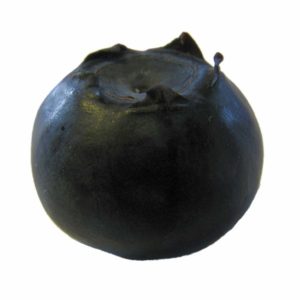(photo by Kevin Payravi, Wikimedia Commons)
I recently authored a report for the Vancity Credit Union about economic opportunities with bees and pollination. There’s lots of gloom and doom out there about bees, but there also are many opportunities. Vancity is a wonderful organization, deeply imbedded in community, and publishes regular in-depth reports about economic issues in British Columbia. The full report can be found at “Sweet Deal: The value of bees to British Columbia’s economy” but here’s a few highlights:
Honeybees and wild bees are vital to B.C.’s economy, producing honey and pollinating berry, tree fruit, oilseed and vegetable crops, with a total annual current value of close to $500 million in products and pollinating services, and excellent potential to rise to $553 million annually within five years.
Pollination is the primary, and growing, economic benefit of bees, valued in B.C. at $468 million in 2014, a 67% increase since 2001.
The number of beekeepers in B.C. has risen 35% since 2009, with notable increase in beekeepers under the age of 40.
Blueberries are B.C.’s most highly valued crop, and provide a strong example of how insufficient pollination is limiting yields, increasing costs to consumers and diminishing profits for farmers. Blueberry growers are short 10,000 to 20,000 honeybee colonies each year, and fields have insufficient wild bees, resulting in $10 million to $20 million in losses.
Reducing pesticide use and enhancing habitats in and around blueberry farms would increase wild bee populations and improve pollination, boosting yields and profits for growers and reducing retail prices for consumers.
Declining bee populations are one symptom of increasingly harmful agricultural practices. Canadian pesticide use increased 25% from 87.5 million kilograms in 2008 to 109 million kilograms in 2014. Development of organic and sustainable farming practices would stimulate more diverse and abundant wild bee populations, reduce pesticide use, improve human and environmental health and create value-added options for B.C. growers.
A favourable climate in southwestern B.C. allows the production and sale of bees and small nucleus colonies across Canada and for export, with an immediate potential annual market of at least $10 to $15 million. This figure could grow to $30 million by 2021 if we begin exporting bees to the U.S. Expanding our local industry would also increase B.C. colony numbers to more closely align with blueberry pollination needs.
Consumer interest in locally produced honey has grown, giving B.C. beekeepers an opportunity to focus on retail sales of well-branded local honey. The total value of retail sales for B.C. honey doubled from $8 to $16 million between 2014 and 2015, reflecting an increase in retail prices from $4.60/lb. in 2014 to $7.45/lb. in 2015.
In 2014, we imported 573,200 pounds of honey, the equivalent of one-fifth of provincial production, so there is room and opportunity in the retail market for at least $3 million more B.C. honey production.
Government working in partnership with beekeepers and growers could stimulate province-wide branding of honey and bee-pollinated crops as local and sustainable, supported by bee-friendly practices advertising and branding. Development of appropriate labels and marketing strategies for all B.C. farm products would be powerful tools to stimulate bee conservation while adding value.
Comments welcome:
